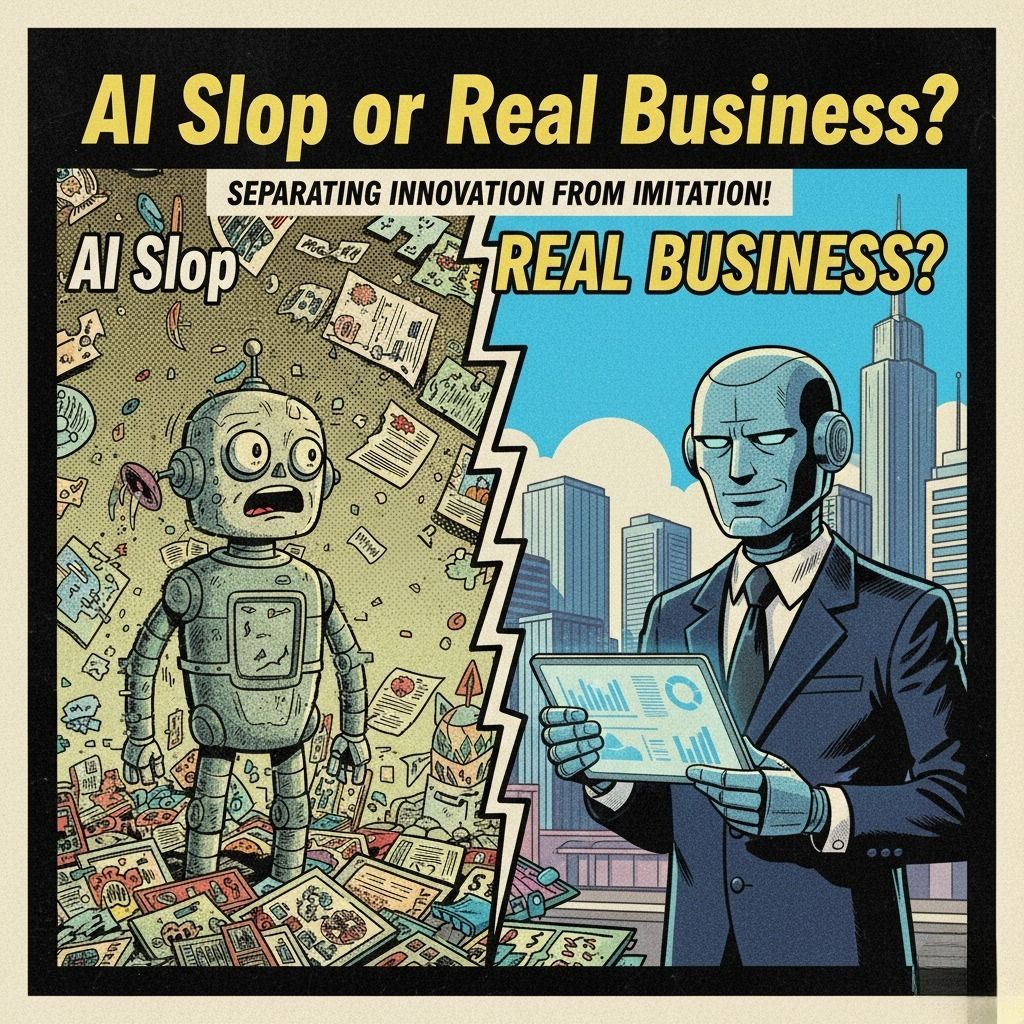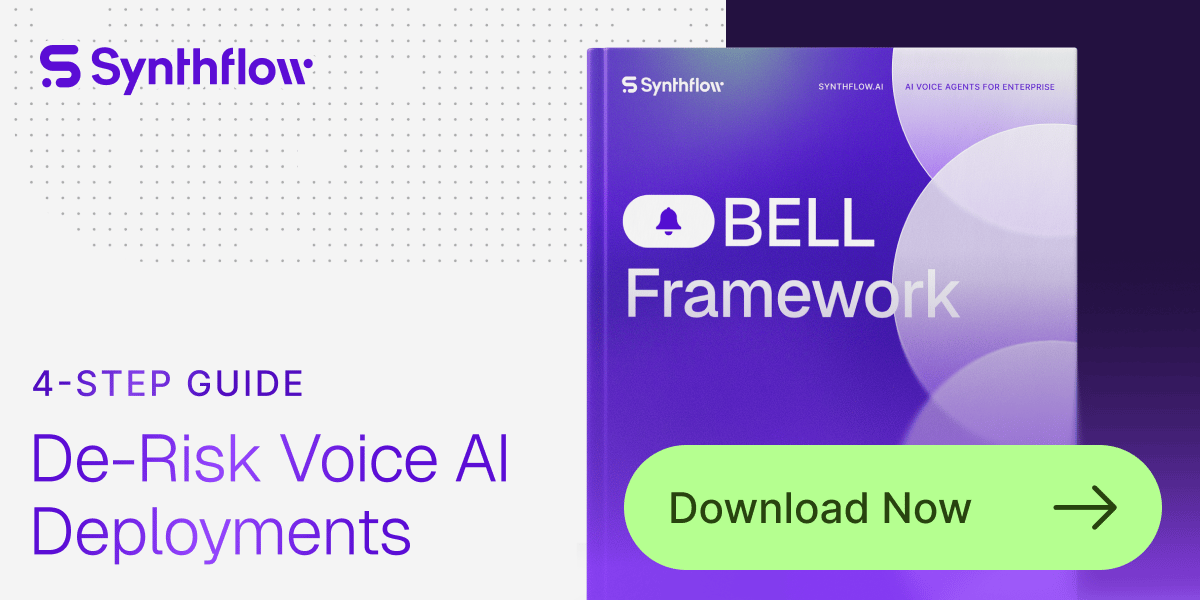- AI Enthusiasts by Feedough.com
- Posts
- AI Slop or Real Business?
AI Slop or Real Business?
The AI race is shifting, less about big models, more about real use cases and people who can use them well.

Hey there,
Do you know OpenAI has 800 million users but only 5% pay for it?
Despite nearly a billion people using their product, they're still burning cash faster than a crypto influencer in 2022.
If OpenAI, the company that literally started this AI revolution, can't crack sustainable monetization, what does that mean for everyone else?
Let’s talk about this more.
Sam Altman's Equity Situation
Sam Altman doesn't own any equity in OpenAI yet. The guy who runs the most valuable AI company? Zero ownership.
That's changing as OpenAI converts from non-profit to commercial (keeping 20-25% for the non-profit). But here's what matters: The most successful AI entrepreneur didn't get rich from owning his AI company, he got rich from being the face of it.
Meanwhile, OpenAI is planning to spend over $1 trillion on data centers. They're borrowing against the future, betting that AI will eventually make money. But with 95% of users not paying, the math isn't adding up yet.
Meta's Growth Spurt
Meta AI just hit 2.7 million daily active users, up from 775,000 just four weeks ago. Daily downloads jumped to 300,000, compared to just 4,000 a year ago.
The main reason? Meta's new Vibes feed launched in September with short-form AI-generated videos.
Here's what's interesting: everyone's been complaining about "AI slop", those AI-generated videos that look strangely fake but also realistic. Critics predicted people would hate it. But Meta's Vibes feed tells a different story. People are watching, engaging, and the numbers show it's working.
Meta AI saw a 15.58% increase in daily active users as of October 17, while ChatGPT, Grok, and Perplexity saw declines of 3.51%, 7.35%, and 2.29%, respectively.
Some speculate that OpenAI's Sora launch may have actually helped Meta—people who couldn't access Sora's invite-only system looked for alternatives. OpenAI's gatekeeping strategy might have directly boosted its rivals.
The Race for Better Models
Claude recently dropped Haiku 4.5, twice as fast, three times cheaper, allegedly outperforms GPT-5 on some benchmarks.
Anthropic also launched Claude Skills, letting you teach Claude specific tasks exactly how you want them done. It's like having a custom AI assistant that actually remembers your preferences.
Meta's MobileLLM-Pro (1B parameters) is outperforming much larger models at specific tasks. Inference.net's Schematron models are beating GPT-5 at HTML extraction while being cheaper and faster.
Every week there's a new model claiming to be better. Companies are competing on benchmarks and capabilities. If you're building another generic AI chatbot, you're competing with models that are faster, cheaper, and increasingly specialized.
Where the Real Opportunity Lies
Here's what I've learned: in this age where social media is at its peak, being the face and presenting yourself as the product is the most beneficial approach.
Look at Sam Altman, he became wealthy by being the face of AI, not by owning the company. And that's the pattern worth paying attention to. Here’s what’s working -
AI Workflow Automation
Using tools like n8n to integrate LLMs into Google Suite and automate workflows. Services include things like:
Summarizing documents automatically
Organizing folder directories
Managing emails and reminders
Automating invoices and receipts
Creating custom business workflows
Businesses pay for these because they save hours of manual work.
Building AI Skills
Companies need people who can actually use AI tools effectively. Skills that are in demand:
Prompt engineering for specific business use cases
API integration to connect AI tools to existing systems
Custom GPT development for specialized tasks
Setting up AI content workflows
Training teams on AI tool usage
The Personal Brand Approach
Learning AI, building stuff with it, showcasing what you build, and making a brand out of yourself. Teaching others through courses, consulting, communities, and templates.
Take it from me, the creator economy approach in AI isn't just about selling courses. It's about positioning yourself as someone who knows how to use these tools effectively. When you build in public and share what you learn, people will pay for your expertise and your guidance.
With social media at its peak, your visibility and knowledge become your biggest assets. You don't need to build the next ChatGPT. You need to show people what's possible with the tools that already exist.
What This Means
The AI gold rush isn't over, but the easy money is. The winners going forward won't be the ones with the biggest models or the most funding. They'll be the ones who solve real problems that people will pay for, or the ones who build their brand and teach others how to do it.
While everyone else is trying to build the next unicorn, maybe it's time to build something that actually makes money. Learn the tools, build projects, share your process, and create value for others.
What are you actually building?
Hit reply and let me know. I'm curious to see who's thinking differently about this.
- AP
The New Framework for Enterprise Voice AI
Enterprise teams are automating more calls than ever — but without a consistent framework, deployments become unpredictable, costly, and slow to scale.
The BELL Framework introduces a structured way to design, test, launch, and improve Voice AI agents with reliability.
Get the guide enterprises are now using to de-risk voice automation and accelerate deployment.

